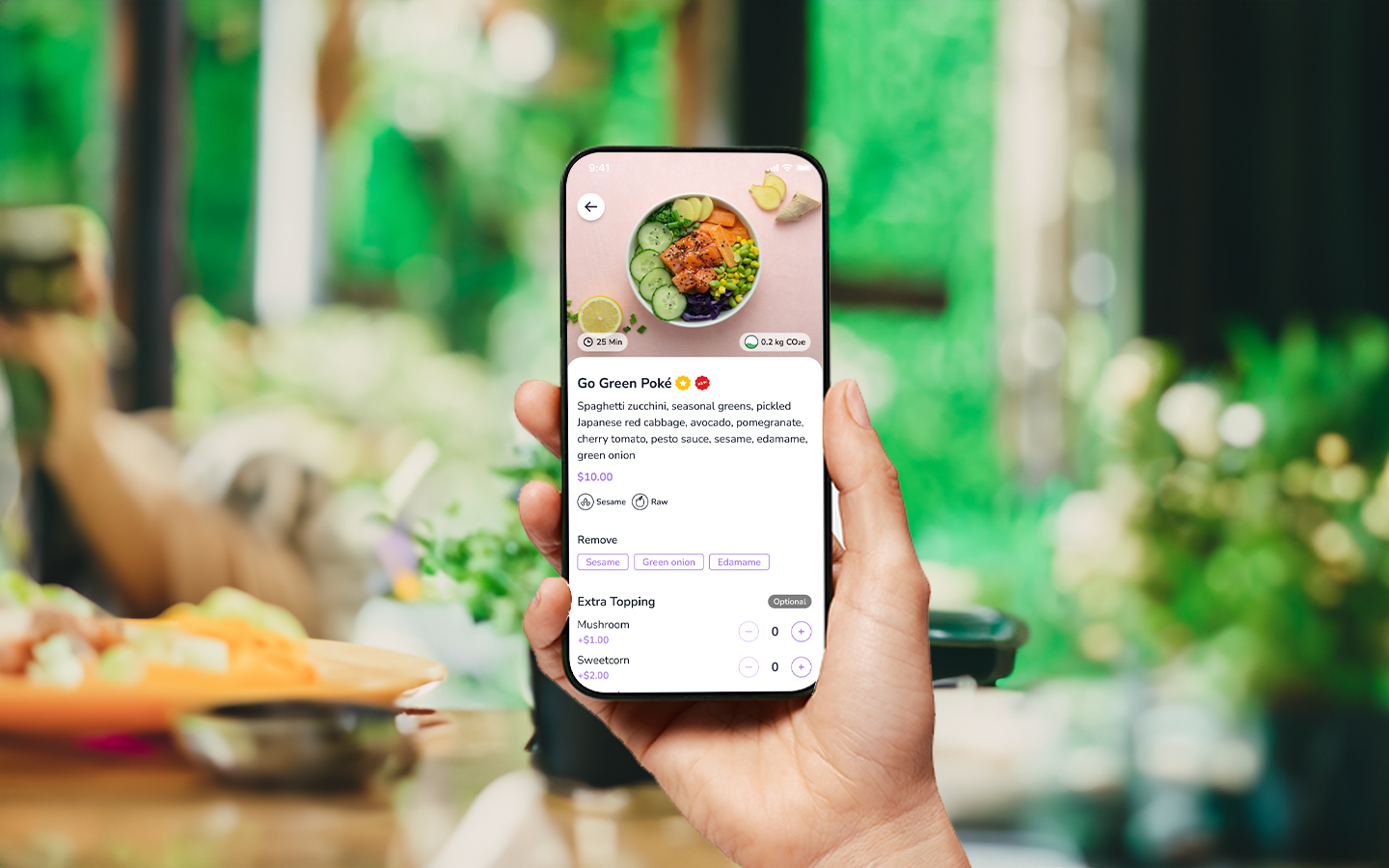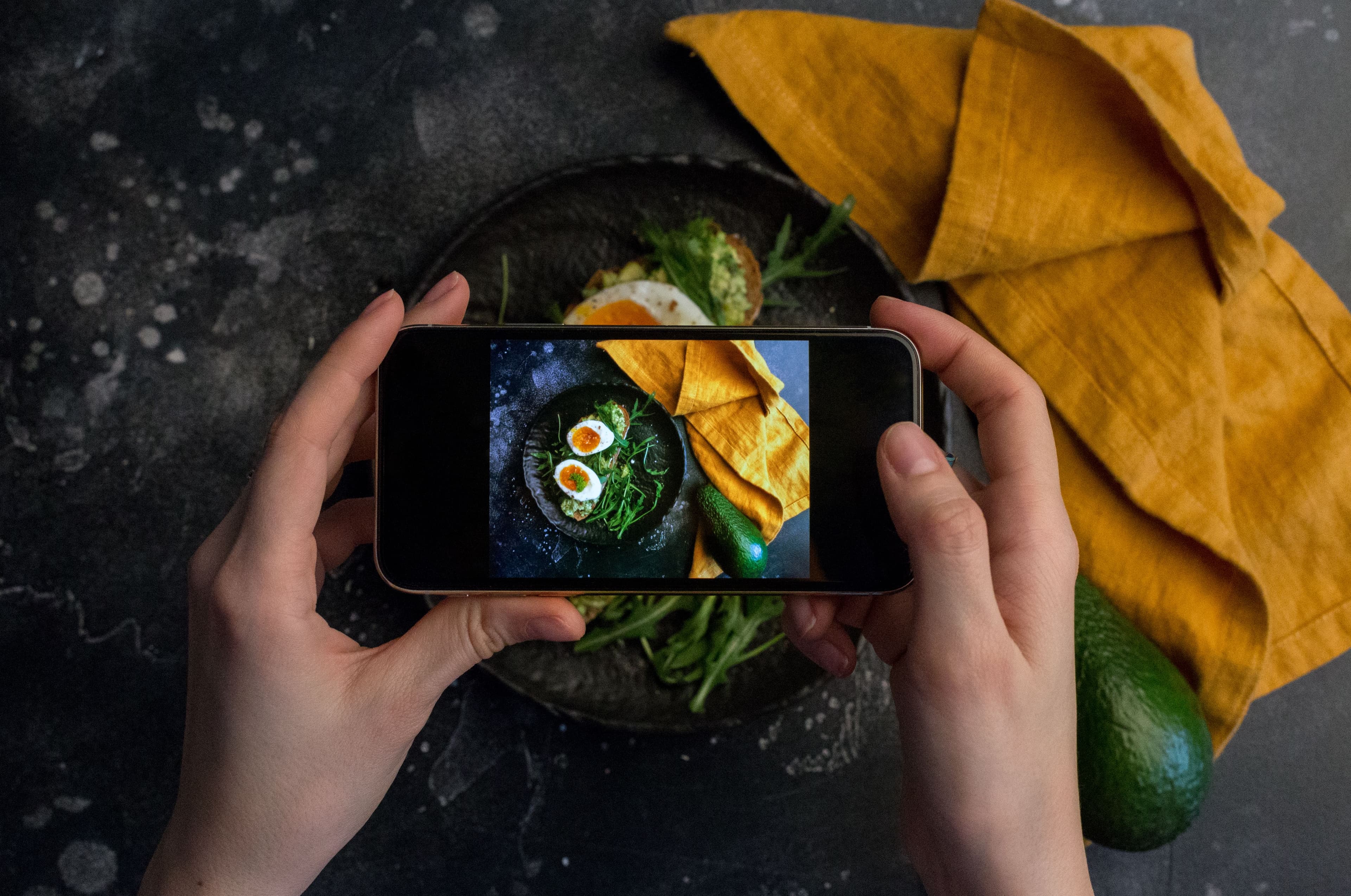Dynamic pricing is a pricing strategy that changes prices according to demand. It is an effective way for restaurants to maximize revenue.
Dynamic pricing is a strategy that restaurants have used for years, but it has only recently started to become more popular in the digital world. Dynamic pricing allows establishments to adjust prices based on the supply and demand of their products or services, which can be helpful if they are not sure how many people will want their product at what price point.
Dynamic pricing may not have been a method used by the food and beverage industry until now, but it looks like it will be one of the most rational ways to run a stable operation from now on.
What is Dynamic Pricing

Dynamic pricing is a pricing strategy for a product or service that changes based on the customer’s willingness to pay. It is different from other pricing strategies because it takes into account the customer’s willingness to pay and not just what the product is worth.
Dynamic pricing can and, in fact, should be confidently used by restaurants in order to increase profits by charging different prices for different items on their menu.
Dynamic Pricing for Restaurants
Dynamic pricing is a pricing strategy that is used by many restaurants and hotels. It has AI automated variations that offer different prices depending on the time of the day and day of the week and in accordance with your sales volume.
The use of dynamic pricing has been successful in increasing revenue for restaurants, hotels, and other businesses. The downside to this method is that it can be hard for consumers to plan their budget for a meal or stay if they don't know what prices will be offered at any given time.
The restaurant industry has traditionally been one of the most price-sensitive industries worldwide. In recent times, however, with the advent of dynamic pricing and its effect on revenue, this is no longer the case.
Dynamic pricing is also seen as a form of price fluctuation where sellers offer different prices to buyers at different times. It can be used to increase revenue by charging higher prices when demand for a product or service is high and lower prices when demand is low.
This principle can be applied in two ways: by changing the menu price or by changing how much people pay for each item ordered from a menu.
For example, if there are fewer customers at lunchtime than at dinnertime, then it would make sense to charge less per item because there are fewer people ordering food. This way, you can still make sure to get business at times of low circulation.
On the other hand, in the restaurant business, we must be willing to adjust to the evolving demands and preferences of our clientele. The majority of restaurants do an excellent job at this by changing their menus frequently to add seasonal products, deleting out-of-date dishes that aren't doing well, or just freshening up the menu language.
However, many individuals do not pay appropriate attention to their menu prices. You may offer your restaurant a competitive advantage over your rivals by utilizing features like dynamic pricing.
The majority of restaurants also have the freedom to change their prices as necessary. They experience peaks and troughs at particular hours, days of the week, or even throughout particular seasons. Due to their inventory system, restaurants are further motivated to offer different prices when appropriate.
Given that your sales as a restaurant will predominantly occur after breakfast and on weekends, you're often lucky to get perhaps a fraction of the business that you manage during these surges outside of these periods.
This means that if you want to convince guests to sit down to eat or order takeaway from you during these quiet periods, it’s a good idea to give flexible pricing a chance. You may more readily encourage customers to buy your meals by temporarily decreasing the pricing of specific menu items throughout off-peak times. This will significantly boost your revenue, particularly during periods of low activity.
By successfully putting this concept into practice, restaurants may better regulate their financial situation while providing existing and potential guests with price alternatives that are regarded as a value rather than a throwaway.
Make Data-Backed Pricing Decisions with FineDine
To sum up, pricing is one of the most important decisions for a restaurant. It can make or break a business. The prices should be set to meet the needs of our customers, but also to maximize profit.
There are many factors that go into pricing decisions, such as the type of food and service, location, competition, and target market. With data-backed pricing decisions, it is possible to find the perfect balance between customer satisfaction and profit maximization.
FineDine is a company that provides restaurant owners with analytics and insights on their menus to help them make data-backed pricing decisions.
FineDine analyzes the menu, reviews, and customer feedback to provide insights on what dishes should be priced higher or lower. It also helps restaurants identify the most popular dishes by analyzing their sales and the number of customer reviews for each dish.
FineDine's tools are helpful for restaurant owners who want to make data-backed pricing decisions.
When determining menu pricing or simulating price and cost adjustments, a comprehensive price testing and product costing tool, such as the FineDine, will be quite helpful. When you are prepared to assess the worth of a point-of-sale system for your restaurant, you should give some thought to how crucial saving time and menu knowledge are to your team.


